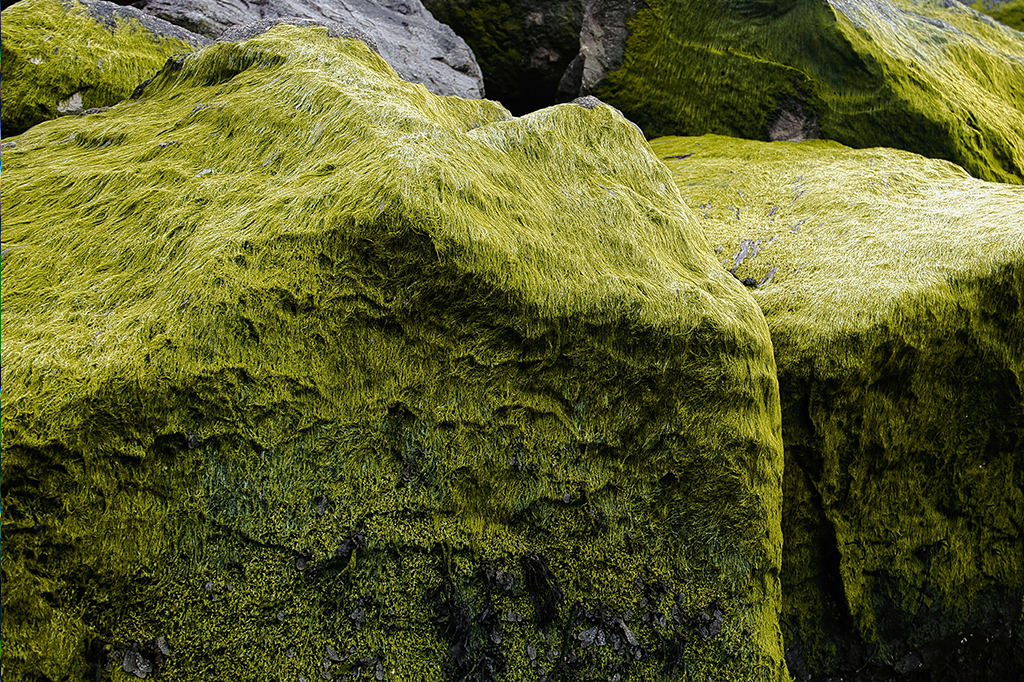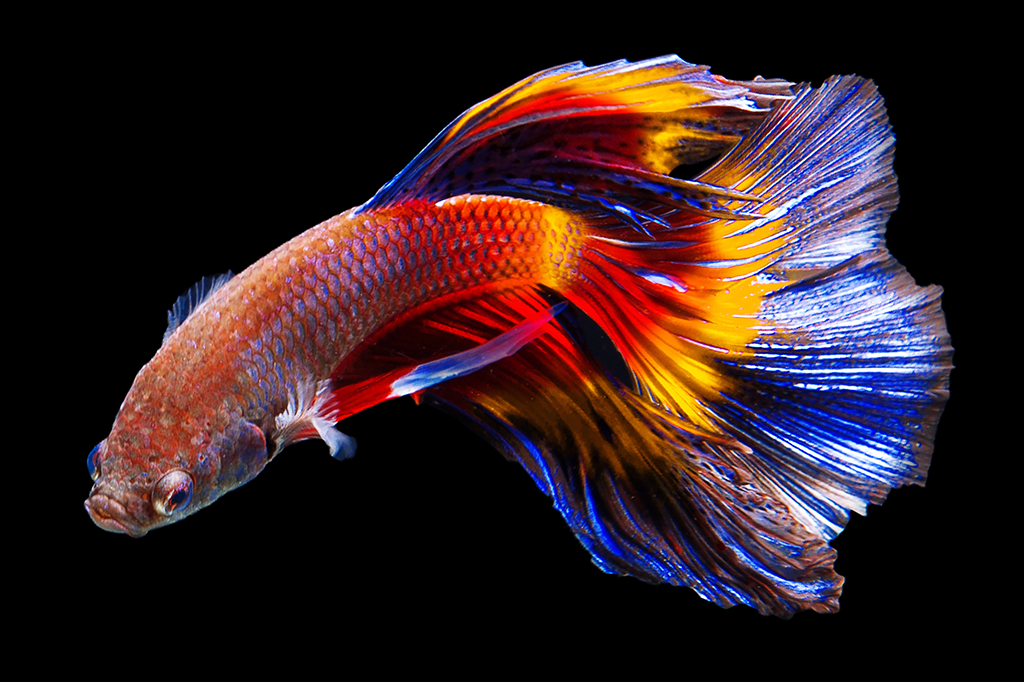Selecting the perfect soil for your aquarium is a crucial step in establishing a thriving aquatic ecosystem. Beyond being the foundation for your tank’s visual appeal, the substrate plays a vital role in supporting the health of your fish and maintaining water quality. In this comprehensive guide, we’ll explore different types of aquarium soils and provide insights to help you make an informed decision.
What is Aquarium Soil?
Aquarium soil, also known as substrate, is the material that covers the bottom of your aquarium. Its multifaceted role includes facilitating the growth of beneficial bacteria, creating structural elements, providing hiding places for aquatic life, and contributing to overall water quality.
Types of Aquarium Soils
There are several types of substrates available for your aquarium, like gravel, sand, shale, and clay. Let’s delve into some of these options:
Gravel
Gravel stands out as one of the most favored substrates for freshwater aquariums. Its popularity stems from easy installation and a natural aesthetic appeal. Gravel comes in various sizes and colors, ranging from fine to coarse. Larger gravel particles are suitable for more extensive tanks and well-established fish, offering enhanced filtration, oxygenation, and structural support.

Seachem Flourite Black is a specially fracted stable porous clay gravel for the natural planted aquarium.
Sand
Sand is another commonly used substrate, particularly suitable for aquariums housing bottom-dwelling species. The soft texture of sand is preferred by these fish. However, it’s essential to note that sand can compact over time, leading to areas with reduced oxygen levels that may adversely affect your fish.

Premium natural sand for the planted aquarium
Good for the life of the aquarium
Supports optimal KH levels for freshwater planted aquariums
Rich in carbonates
Clay
Clay-based substrates are ideal for planted aquariums due to their rich nutrient content and ability to support plant roots. While they provide an excellent medium for aquatic plants, disturbance can lead to cloudiness in the water. Therefore, clay substrates are best suited for tanks with a relatively stable layout.

This Aquasoil contains many substances that are good for fish, shrimp and aquatic plants.
The black Aquarium Soil material can make the plants grow healthily and quickly, and keep the water quality clean.
Soil for Aquascaping
Aquasoil
Specifically designed for planted aquariums, aquasoil is a substrate that combines elements like volcanic ash and clay to create a nutrient-rich environment for aquatic plants. It not only provides essential nutrients but also helps maintain stable pH levels. Aquasoil is a preferred choice for aquascapers aiming to achieve lush and vibrant plant growth.
Sandy Loam Soil
Sandy loam soil is a blend of sand and other organic materials, offering a fine texture that supports plant growth. It is often chosen by aquascapers looking to create a natural and intricate layout. This type of soil allows for easy manipulation during the aquascaping process, enabling the creation of slopes, valleys, and other landscape features.
Fine Gravel
Fine gravel is a versatile substrate commonly used in aquascaping. Its smaller particle size allows for intricate designs and can be easily shaped to achieve specific contours. Additionally, fine gravel provides a stable base for plant roots, fostering healthy growth. It’s a favorite among aquascapers who seek a balance between aesthetics and functionality.
Slate and Shale
Beyond traditional soil substrates, hardscape elements like slate and shale can play a pivotal role in aquascaping. These materials are often used to create visually striking rock formations, caves, or ledges within the aquarium. They not only add aesthetic appeal but also serve as functional elements for fish to explore and hide.

100% real slate stone will add beauty and realism to your creations. Because these are natural stones, each bag is a mix of stones from 1/4 to 1/2 inch.
Sand and Gravel Combinations
Many aquascapers opt for a combination of sand and gravel to achieve a textured and layered look. This allows for the creation of visually appealing landscapes with varied elevations and substrate compositions. The coarser gravel can serve as a foundation, while finer sand can be strategically placed for detailed aesthetics.
Choosing the Right Aquarium Soil
Selecting the right substrate involves considering various factors. Take into account the size and shape of your aquarium, as well as the specific needs of your fish. Some fish species have preferences for certain types of substrates; for instance, bottom-dwelling fish often thrive on sand. Understanding the natural habitat and behavior of your aquatic inhabitants will guide you in making the optimal choice for your aquarium’s soil.
In conclusion, the perfect aquarium soil contributes to the overall well-being of your fish and enhances the aesthetic appeal of your tank. By considering the unique characteristics of gravel, sand, and clay substrates, you can make an informed decision that aligns with the specific requirements of your aquatic environment. Remember, the right substrate is not just about creating a visually pleasing tank but also about fostering a balanced and healthy ecosystem within the confines of your aquarium.






Leave a Reply